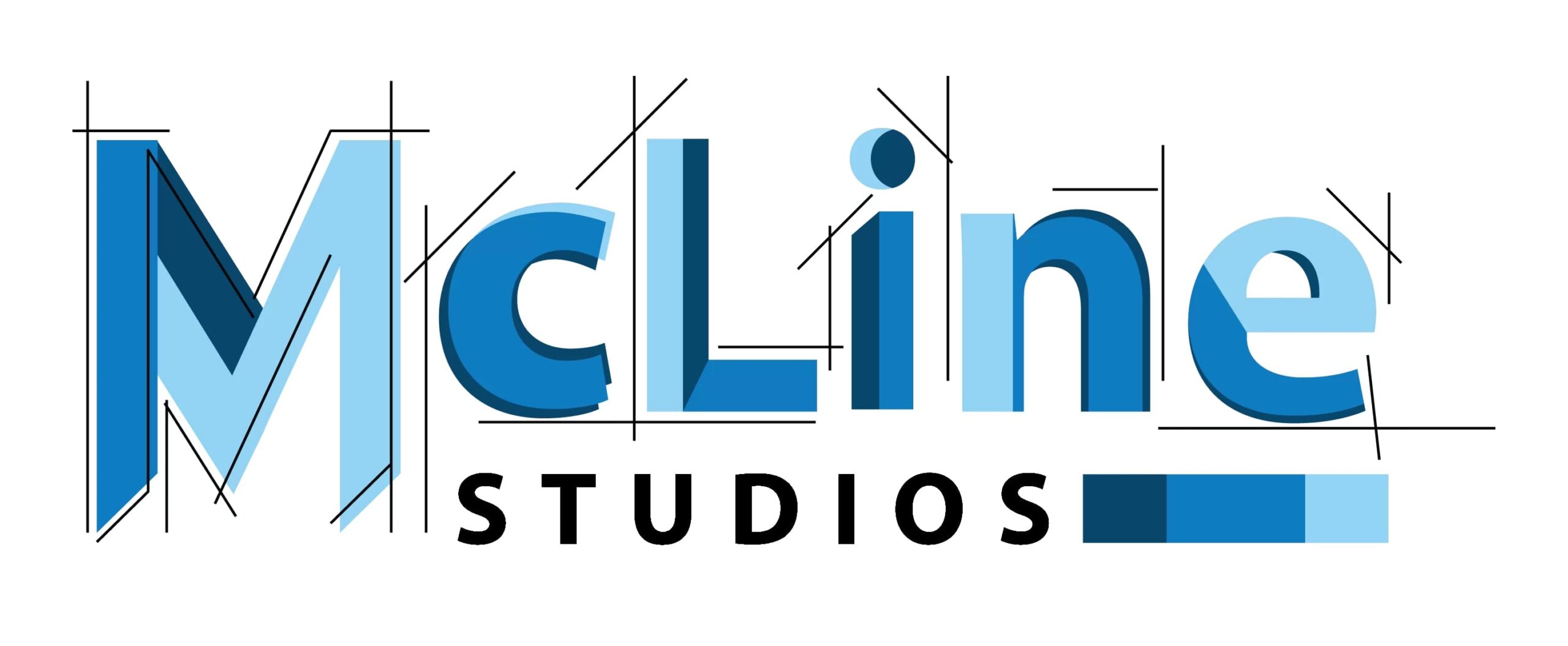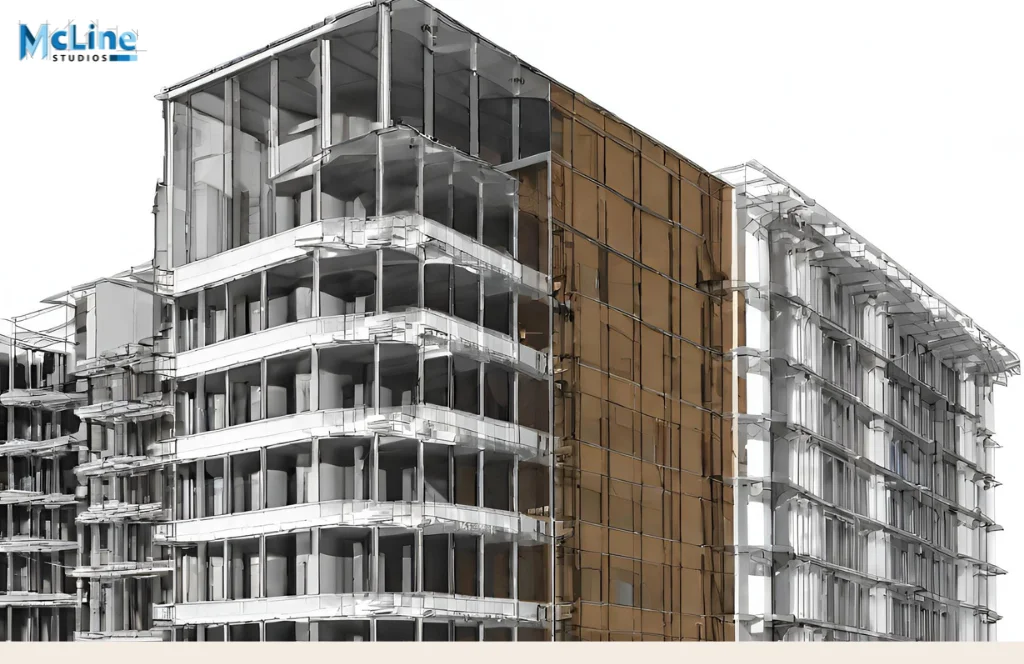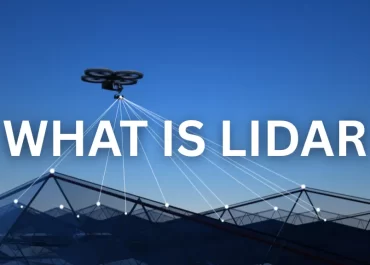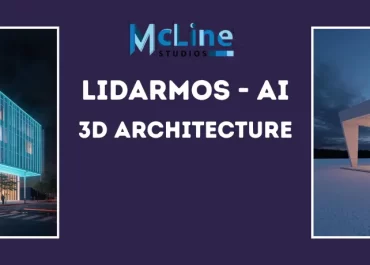In the ever-evolving landscape of construction, technology plays a pivotal role in reshaping traditional methodologies. One such transformative technology is the integration of Point Cloud to BIM (Building Information Modeling) processes, commonly referred to as Scan to BIM. This innovative approach is revolutionizing how construction projects are planned, designed, and executed, offering unprecedented accuracy and efficiency.
Point Clouds, generated through advanced laser scanning and 3D imaging technologies, provide a comprehensive and detailed representation of the physical world. When seamlessly integrated into BIM processes, these intricate point clouds serve as a powerful foundation for enriched design, construction, and facility management.
This integration not only enhances the accuracy of as-built documentation but also facilitates a more holistic and collaborative approach throughout the project lifecycle.
This article explores the powerful integration of Point Cloud data with Building Information Modeling (BIM), highlighting its practical applications, key advantages, and transformative role in the modern construction landscape. Before diving into the integration process itself, it’s essential to first understand the core concepts of both Point Cloud technology and BIM.
What is Point Cloud?
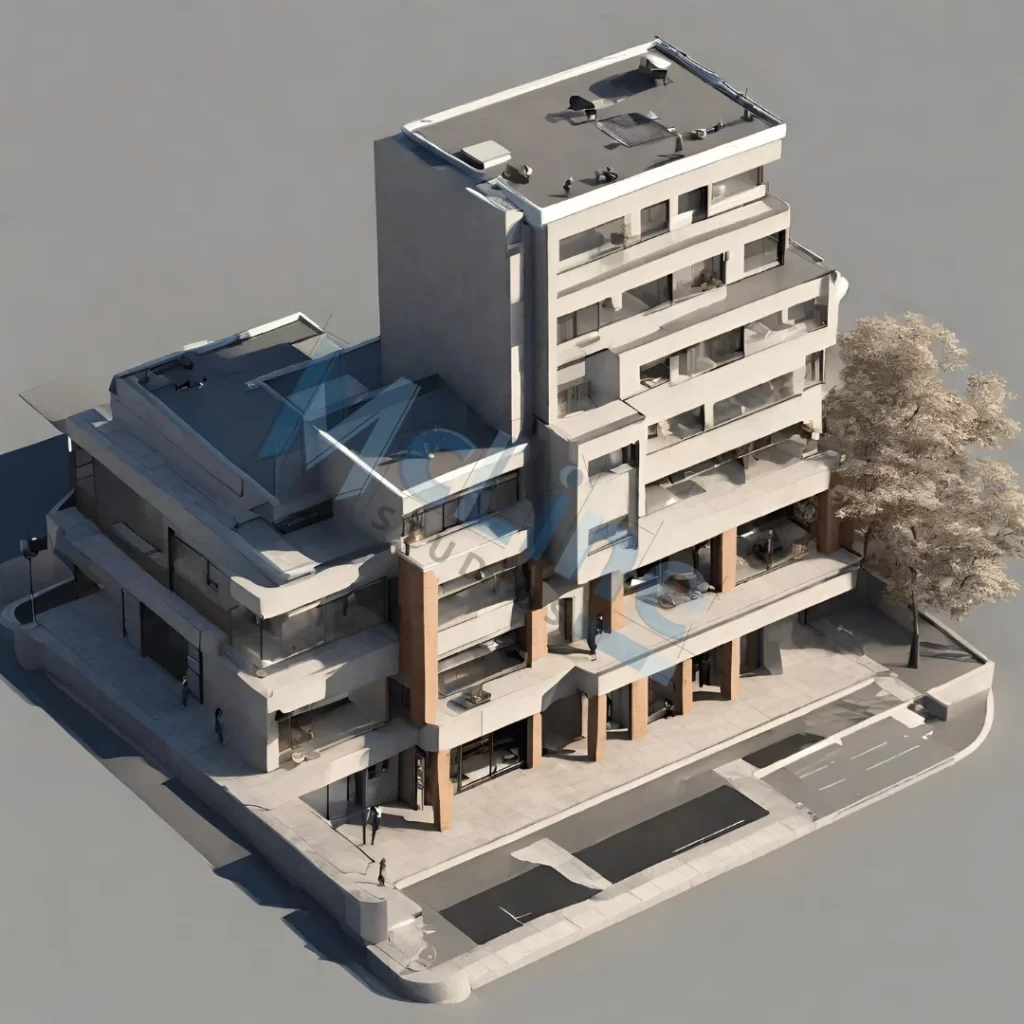
Point Clouds are intricate three-dimensional representations of physical environments, meticulously captured through laser scanning or photogrammetry. These data-rich clouds consist of millions of points, creating a digital snapshot that encapsulates the minute details of structures, landscapes, or objects.
How does Point Cloud Work?
- Data Collection: A 3D laser scanner or other scanning device is used to capture a large number of data points by measuring distances and angles to surfaces within its line of sight. Alternatively, photogrammetry may involve taking multiple photographs from different angles and using software to generate a 3D model.
- Point Cloud Generation: The collected data is processed to create a point cloud, which is essentially a collection of spatially referenced points in 3D space. Each point in the cloud represents a surveyed location on the surface of the object or space.
- Visualization and Analysis: Construction professionals, architects, and engineers can use specialized software to visualize and analyze the point cloud data. This can help in understanding the as-built conditions of a structure or site.
What is BIM (Building Information Modeling)?
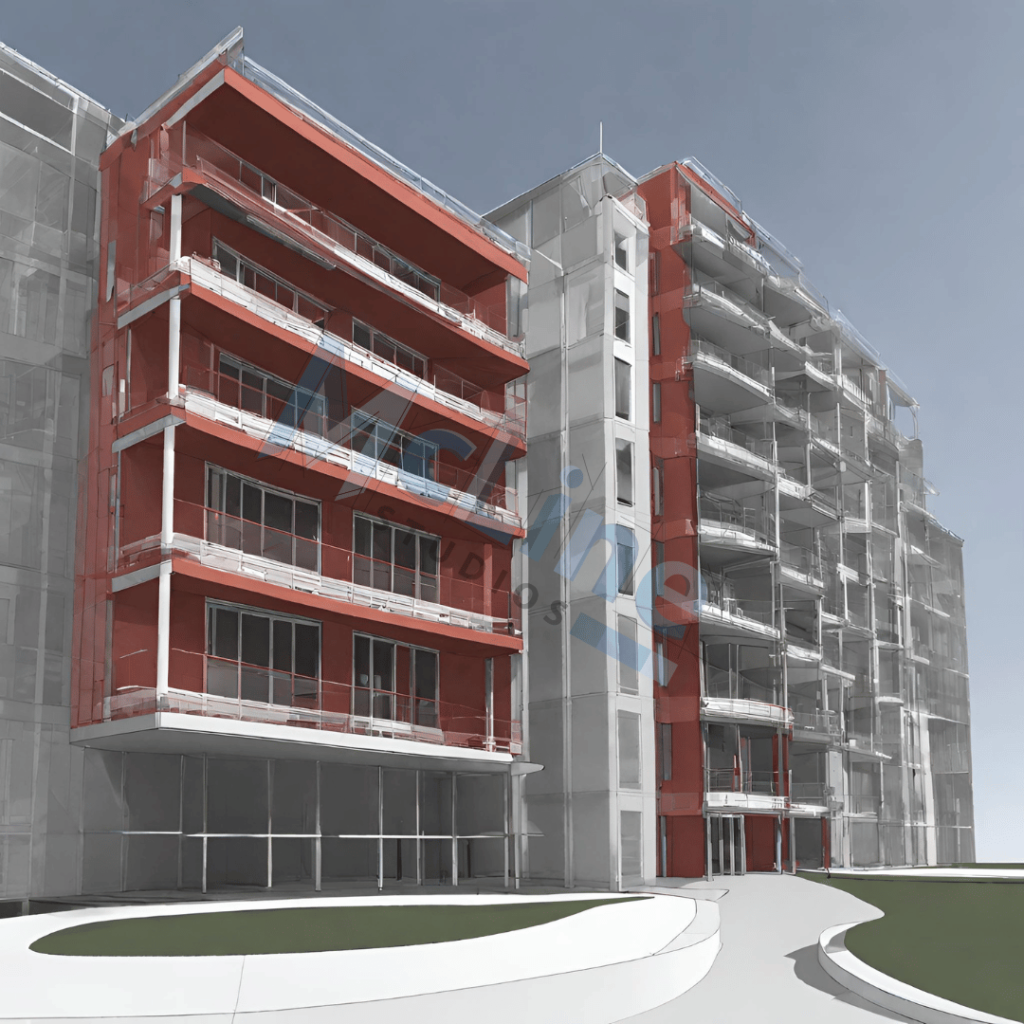
BIM is a collaborative process that employs digital representations to encapsulate the physical and functional attributes of a facility. This all-encompassing approach integrates 3D models, data, and information, providing a holistic view of a building’s entire lifecycle – from initial conception to ultimate demolition.
How does BIM work?
The BIM process involves several steps from project initiation to facility management. Here’s a simplified overview of the BIM process:
- Data Integration: BIM integrates various data types, including geometric information, spatial relationships, and attribute data, into a single digital model.
- Collaboration: BIM fosters collaboration among different stakeholders such as architects, engineers, contractors, and facility managers. They can work on the same model simultaneously, reducing errors and improving communication.
- Lifecycle Management: BIM covers the entire lifecycle of a building, from conceptualization and design through construction and operation to demolition. It allows for better decision-making at every stage.
- 3D Visualization: BIM provides a three-dimensional visualization of the building, enabling stakeholders to understand the design and construction more intuitively.
- Parametric Modeling: BIM uses parametric modeling, which means elements in the model are defined by parameters. Changes to one part of the model automatically update related elements, ensuring consistency and accuracy.
- Information Embedding: BIM embeds information within the model, such as cost data, material specifications, and maintenance schedules. This data is readily accessible and can be effectively utilized for analysis and informed decision-making
- Clash Detection: BIM software can detect clashes or conflicts in the design phase, helping to identify and resolve issues before construction begins. This reduces errors and costly rework during construction.
How does the Integration Process of Point Cloud to BIM work?
- Data Capture: The journey begins with the acquisition of Point Cloud data through state-of-the-art laser scanners or photogrammetry techniques. These high-precision scanners meticulously capture the physical attributes of a structure, generating an intricate collection of points that faithfully represent its geometry.
- Point Cloud to BIM Conversion: Specialized software takes center stage in the integration process, tasked with converting Point Cloud data into a BIM-compatible format. This transformative conversion process involves the creation of three-dimensional models with precise dimensions, enabling seamless integration into the broader BIM environment.
- Enhanced Visualization and Collaboration: The fusion of Point Cloud data with the BIM model elevates the model’s accuracy, providing a more realistic and detailed representation of existing conditions. Beyond the aesthetic enhancement, this synergy fosters improved collaboration among stakeholders, such as architects, engineers, and contractors, as they collectively navigate the intricacies of the project.
- Clash Detection and Coordination: With the integrated model in place, the construction team gains access to advanced clash detection and coordination capabilities. This goes beyond identifying conflicts between different building elements; it acts as a proactive measure to address potential issues before they escalate, contributing significantly to time and cost savings.
- As-Built Documentation: One of the standout advantages of Scan to BIM is its ability to facilitate the creation of precise as-built documentation. This becomes particularly invaluable in renovation and retrofitting projects, where understanding existing conditions is paramount. The accurate representation of the as-built environment empowers decision-making and reduces uncertainties during the construction phase.
Conclusion
In conclusion, the seamless integration of point cloud data into Building Information Modeling (BIM) services marks a pivotal advancement in the AEC industry. This synergy enhances precision, collaboration, and decision-making throughout the project lifecycle.
Scan to BIM goes beyond enhancing accuracy and efficiency as it fosters a collaborative environment where stakeholders can make informed decisions throughout the project lifecycle. As technology continues its relentless march forward, this integration is poised to become standard practice, shaping a future where precision and innovation seamlessly go hand in hand, ushering in an era of construction excellence.
As projects become increasingly complex, the transformative capabilities of Point Cloud to BIM services, such as those offered by McLine Studios, stand out. With cutting-edge technology and a commitment to excellence, McLine Studios emerges as a leading provider, empowering professionals to navigate the intricacies of construction and design with unparalleled accuracy. Elevate your projects with McLine Studios’ expertise in Point Cloud to BIM services, and unlock the full potential of your vision.
